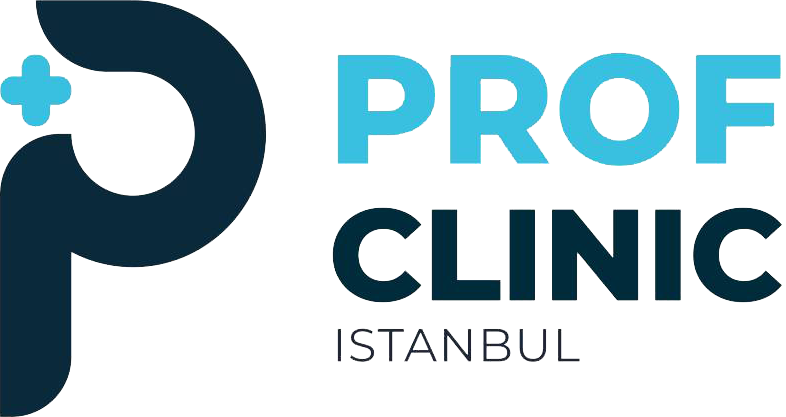
Hair loss can be a troubling issue for most of us, especially since it directly affects our appearance, whether we are men or women. So, you find yourself searching for an effective and lasting solution to restore your hair’s density and vitality. hair transplant is the optimal medical solution for this problem, offering natural results that last a lifetime.
What is hair transplantation, what conditions does it treat, and who is eligible for it? What are its advantages and disadvantages, how is it performed, and what is its cost? These are the questions that Prof Clinic’s article will answer today, while also guiding you on how to find the right clinic for this procedure.
What is a hair transplant?
Hair transplantation is a surgical medical procedure that involves transferring hair follicles from areas of your scalp with good density (typically the back or sides of the head) to areas experiencing baldness or thinning hair. The goal of the procedure of hair transplant procedure is to restore a natural appearance and acceptable hair density in the affected areas.
What conditions does hair restoration surgery treat?
Hair transplant can be an effective treatment for a variety of conditions causing permanent hair loss. If you’re dealing with any of the issues listed below, this kind of hair growth surgery could be a suitable option for you:
- Hereditary (Androgenic) Baldness: The most common type, caused by genetic and hormonal factors affecting both men and women. Hair transplantation provides a permanent solution to restore lost hair density in affected areas, achieving a completely natural look.
- Certain Types of Alopecia: In specific cases, such as scarring alopecia, where permanent damage to hair follicles results in scar tissue that prevents hair growth, transplantation can be used to cover these areas once the condition has stabilized.
- Scarring Alopecia: If your scalp has been affected by burns, injuries, or surgeries that left scars without hair, hair transplantation can be used to cover these scars and promote hair regrowth in those areas.
- Traction Alopecia: This occurs due to excessive pulling on hair follicles, often from tight hairstyles. Continuous stress can cause permanent damage to the follicles, leading to hair loss in the affected areas.
Who Needs a Hair transplant?
Hair restoration is not suitable for everyone, and certain factors determine whether someone is a good candidate for this procedure. Let’s see if it’s right for you:
- You have a healthy, dense donor area: For hair transplant surgery to be possible, you need a good source of hair follicles from another part of your scalp that can be harvested without noticeably thinning that area after the procedure.
- You have stable hair loss: The best results are seen in individuals whose hair loss has reached a certain level of stability, without rapid or ongoing hair loss caused by active, uncontrolled medical conditions that could affect the growth of transplanted hair.
- You are in good overall health: Like any surgical procedure, hair transplantation surgery requires you to be in generally good health to minimize the risk of complications and ensure proper recovery. Uncontrolled chronic conditions may impact the decision to proceed with the surgery.
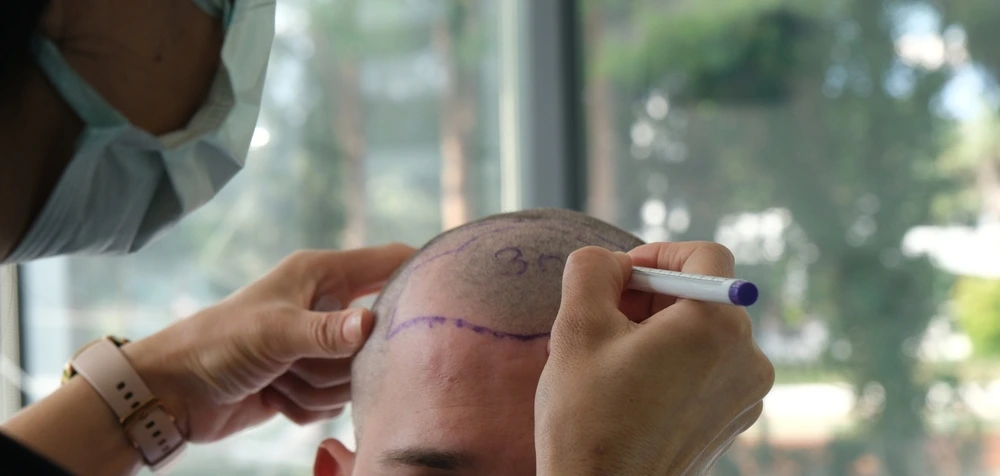
Hair transplant procedure
- Making Initial Consultation and Assessment: Your doctor will conduct a thorough evaluation of your hair loss condition, the density of your donor area, and determine the best treatment plan tailored to your needs and expectations. Don’t hesitate to ask all your questions and discuss any concerns.
- Preparing the Donor and Recipient Areas: This typically involves shaving the donor area to facilitate follicle extraction, and the recipient area may also be shaved or trimmed. Afterward, the doctor applies a strong local anesthetic to ensure you feel no pain during the procedure.
- Extracting Follicle from the Donor Area: Usually the back of your head, the follicles are carefully extracted using specialized tools, either by removing a small strip of scalp or harvesting follicles individually, ensuring their safety and viability.
- Creating Channels in the Recipient Area: The doctor makes tiny incisions or precise channels in the areas requiring hair transplantation. The direction, depth, and angle of these channels are meticulously planned with high technical precision to ensure the new hair grows in the correct direction.
- Transplanting Follicles into the Recipient Area: The final step involves placing each extracted follicle into the prepared channels or incisions. This step requires patience, skill, and precision to correctly position thousands of follicles, ensuring their survival and growth.
- Following Post-Procedure Instructions and Care: Once the transplantation is complete, you’ll receive detailed guidance on caring for your scalp during the first days and weeks of recovery, including how to gently wash your hair, necessary medications, and how to protect the transplanted area.
To embark on your journey with confidence, guided by skilled hands and a specialized team committed to the highest standards of quality and care, book your free consultation today with Prof Clinic and plan your path to hair restoration.
Common hair transplant techniques
There are three primary techniques used for transferring hair follicles. Understanding these methods will help you discuss the most suitable option for your condition with your specialist doctor.
- Follicular Unit Transplantation (FUT): It is also known as the strip method. The surgeon removes a thin strip of scalp containing healthy hair follicles from the donor area. This strip is then meticulously divided under a microscope into tiny follicular units for transplantation. This method allows for the transfer of a large number of follicles in a single session and leaves a thin linear scar in the donor area.
- Follicular Unit Extraction (FUE): This technique involves individually extracting hair follicles directly from the donor area using a precise tool, instead of removing a strip of scalp. Each follicular unit is harvested separately and immediately transplanted into the recipient area without the need for surgical stitches in the donor site. Its advantages include leaving tiny, barely noticeable dot-like scars and typically faster recovery.
- Direct Hair Implantation (DHI): An advanced variation of the FUE technique, DHI uses a specialized pen-like tool (Choi pen) to extract and implant follicles directly. This tool opens the channel and plants the follicle in a single or immediate sequential motion, reducing the time the follicle spends outside the body. DHI allows precise control over the angle, depth, and direction of the transplanted hair to achieve natural density and appearance.
To determine which of these advanced techniques is best for you and receive a personalized treatment plan based on the latest standards, contact Prof Clinic now for a free consultation on the ideal technique for your case.
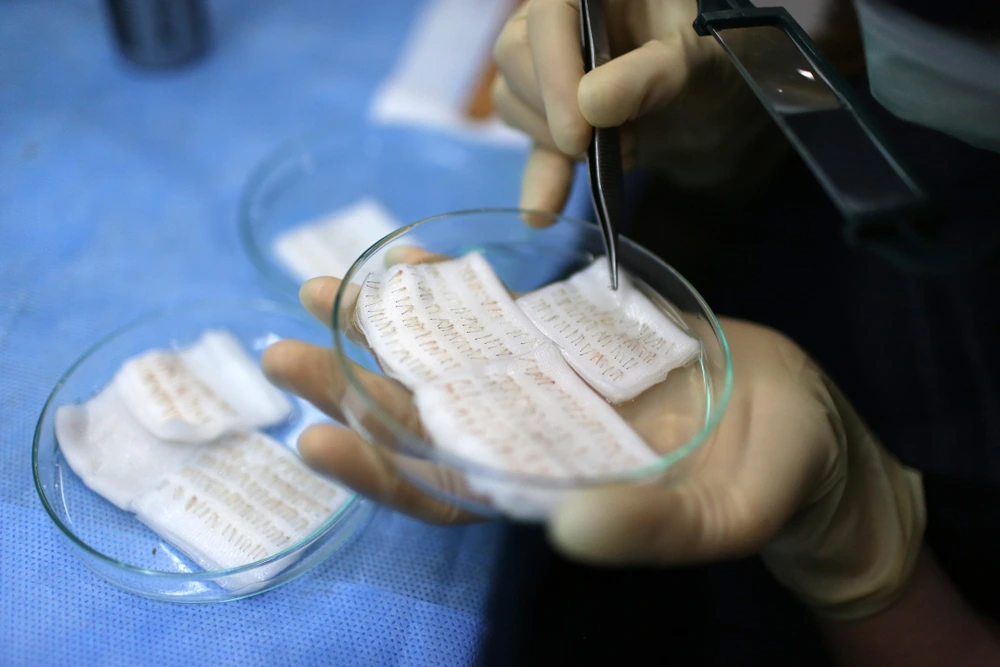
Pros and Cons of hair transplantation
Like any medical or cosmetic procedure, hair transplant surgery has both benefits and drawbacks that you should be aware of before proceeding.
Pros of hair transplant
- Permanent Results and Natural Appearance: The transplanted hair from the donor area is genetically resistant to the hormone causing baldness, meaning it will continue to grow for a lifetime. When performed by a skilled surgeon, the hair grows in a natural direction and angle, making it nearly indistinguishable from your original hair.
- Restored Self-Confidence: Hair loss can negatively impact your self-esteem and comfort in social or professional settings. Restoring hair in thinning or bald areas gives you a more youthful, vibrant look, boosting your confidence and satisfaction with your appearance.
- Low Maintenance After Stabilization: The transplanted hair is part of your natural hair. Once it grows and fully stabilizes within the first few months, it requires no special care. You can cut, wash, style, and use your preferred products as you would with the rest of your hair.
Cons of hair transplant
- High Initial Cost: Compared to some non-surgical hair loss treatments, hair transplantation can be expensive. The final cost depends on multiple factors, including the number of follicles needed, the technique used, and the expertise of the surgeon and clinic you choose.
- Initial Recovery Period and Surgical Risks: You’ll experience a recovery period with swelling, redness, and small scabs in the treated areas, which may take time to fully resolve. Though rare, there are always risks such as infection, bleeding, or scarring in the donor area (especially with the FUT technique).
- Results Are Not Immediate and Require Patience: Hair growth from transplantation is not a quick process. Follicles typically begin growing 2–4 months after the procedure, with results continuing to improve and reaching their final form after 12–18 months. This requires patience and commitment to post-procedure care to see the final outcome.
- Does Not Address the Root Cause of Hair Loss: Hair transplantation moves baldness-resistant hair to bald areas but does not treat the underlying genetic cause. This means non-transplanted hair in other areas may continue to fall out over time, potentially requiring additional treatments (such as medications) or future transplantation sessions.
To learn how to navigate these drawbacks and receive a precise evaluation of your condition and a tailored treatment plan, contact our experts at Prof Clinic today for a personalized consultation that meets your needs and reassures you about the procedure.
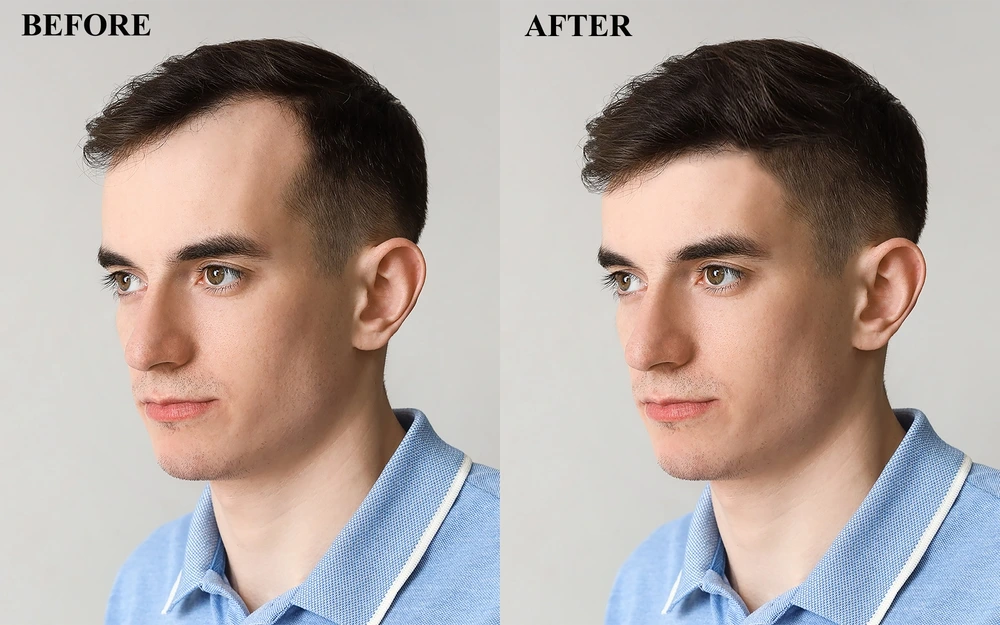
Hair transplant cost
When exploring hair transplant options, you’ll notice that costs are not fixed and vary significantly based on several key factors that influence the final price of your procedure. It’s not just about the surgical technique you choose (such as FUE or DHI) or the number of follicles needed, but also whether the procedure is part of a comprehensive treatment package that includes additional services like accommodation or complementary therapies.
At specialized clinics like Prof Clinic, the cost of hair transplant services and all-inclusive packages typically starts at around €2,700 and can go up to approximately €5,500, depending on the scope of the services provided. Therefore, a thorough assessment of your condition is essential to determine the total cost tailored to your needs.
How do I find the right hair transplant clinic?
Don’t rush into making a decision. With numerous options available, it’s crucial to understand the key criteria you should focus on beforehand.
- Surgeon’s Qualifications and Experience: Ensure the surgeon performing the procedure is specialized and has sufficient experience in hair transplantation specifically. Don’t hesitate to inquire about their credentials and track record in this type of surgery.
- Clinic Reputation and Patient Reviews: Research the clinic’s reputation by reading about previous patients’ experiences and opinions on trusted platforms. A reputable clinic is typically transparent and committed to providing the best care.
- Transparency in Costs and Treatment Plan: Obtain a clear and comprehensive breakdown of all expected costs without any hidden or unexpected fees. Ask the doctor to explain the most suitable technique for your case, the estimated number of follicles, and the expected outcome.
- Quality of Care and Post-Procedure Follow-Up: Inquire about the type of care services provided before and after the transplantation, including detailed care instructions and scheduled follow-up appointments.
- Review of Previous Results (Before and After Photos): Request to see a variety of “before and after” photos of cases similar to yours performed by the same surgeon or clinic team. These photos provide a strong indicator of the skill level and realistic results.
Prof Clinic is the best hair Restoration clinic in Turkey
When searching for a trusted and exceptional destination for hair transplantation, Prof Clinic in Turkey stands out as a leading choice, offering a high level of service and care. The clinic relies on a medical team of highly experienced and skilled surgeons specializing in hair transplant, employing the latest globally recognized techniques, such as FUE and DHI, to ensure the best results for you.
What particularly distinguishes Prof Clinic is our comprehensive, all-inclusive hair transplant packages. These cover not only the surgical procedure itself but also extend to essential aspects such as comfortable accommodation, airport transfers, thorough post-operative care, and even supportive treatments like stem cell therapy.
Our clinic is committed to transparency at every step, from the initial consultation to post-procedure follow-up, ensuring a seamless and comfortable experience while achieving the natural results you aspire to.
To take the first step toward restoring your hair with a trusted team in an environment that provides everything you need for a successful procedure, contact Prof Clinic now and begin your journey toward the look you desire.
FAQs about hair transplant
Is hair transplant haram?
It is not forbidden, as it falls under the category of restoring what God Almighty has created and addressing a defect, not merely for cosmetic enhancement or altering God’s creation.
Is hair transplant fake hair?
Not at all. It does not involve using fake or synthetic hair. Instead, it’s a process of relocating your own natural hair from one part of your scalp to another. Hair follicles are taken from your donor area and implanted in the areas needing coverage, so the hair that grows is entirely your own, with the same original characteristics.
How painful is hair transplant?
Hair transplant surgery is performed under comprehensive local anesthesia for both the donor and recipient areas of your scalp, meaning you won’t feel any pain during the procedure itself. You may experience some mild discomfort or pain after the anesthesia wears off, but this can be effectively managed with pain relievers prescribed by your doctor to ensure your comfort.
Can you lose transplanted hair?
Yes, for the transplanted hair, it’s normal and expected to shed within the first few weeks after the procedure. This is a natural part of the follicle’s life cycle post-transplantation and not an indication of failure. After this initial shedding phase, the transplanted follicles enter a growth phase, producing new, healthy, and permanent hair that continues to grow with you.
How long will a hair transplant last?
Hair transplantation lasts a lifetime because the transplanted follicles are taken from areas resistant to baldness. With proper care, the transplanted hair continues to grow naturally without falling out.
What is hair transplant and how it works?
Hair transplantation is a cosmetic surgical procedure aimed at transferring healthy hair follicles from an area of your scalp unaffected by baldness (the donor area) to areas experiencing hair loss or thinning. The process involves implanting these baldness-resistant follicles into the new sites, where they begin to grow naturally, filling in gaps and restoring hair density.
